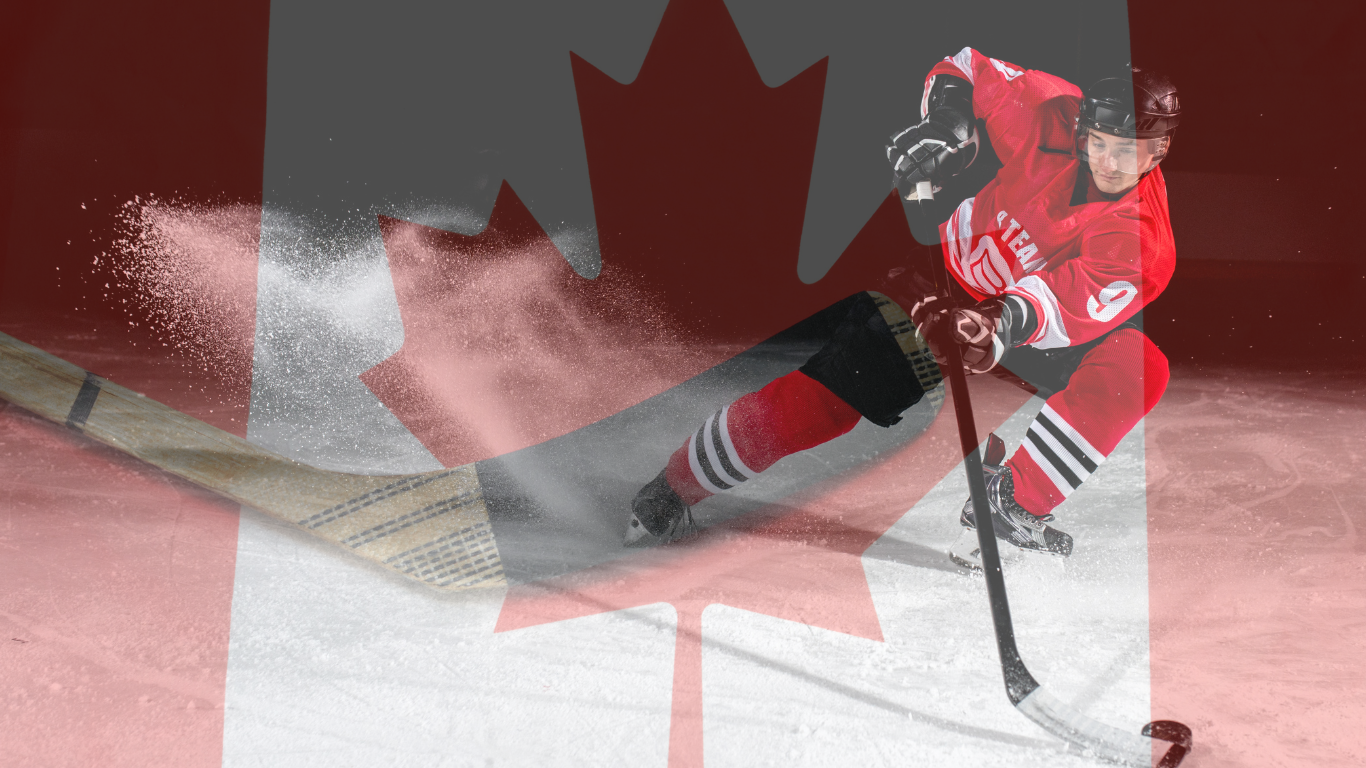What is GAA in hockey? In sports like field hockey, ice hockey, soccer, water polo etc., GAA, which stands for “Goals against Average”, refers to the average number of goals that are allowed by a goaltender in hockey, as in, the average number of times a goaltender fails to counter the opposing team from making a goal.
It’s one of the statistics used to evaluate a goaltender’s individual performance in the game.
It is to be noted here that empty net goals or shootout goals are not counted when it comes to calculating GAA.
Let’s go through the exact method for calculating GAA next.
How to Calculate GAA?
There are various methods to calculate GAA. A simple formula is mentioned below;
GAA = (Goals Against x Game Length in Minutes) / Minutes Played by Goaltender
So we have three variables here. Let us break them down below;
Goals Against
Goals Against refers to the number of goals that are scored against the goaltender, with the exception of empty-net goals or shootouts. All goals made during the regulation time period, which refers to the scheduled time duration of the hockey match, and also goals made over time, are counted in Goals Against.
Game Length
The standard game length in a NHL (National Hockey League) game is 60 minutes . However, the game length may vary in the case of minor leagues, or in the obvious case of overtime play that’s extending beyond 60 minutes.
Minutes Played
With the exception of empty net goals or shootouts, minutes played refers to the number of minutes played by the goaltender. This also includes the extra minutes consumed during overtime play.
Example:
Let’s say a goaltender allowed 3 goals over a span of 160 minutes. Multiplying 3 with 60 yields 180, which, when divided by 60, yields 1.125.
Note that GAA is usually rounded off to two points. So in this case, the goaltender’s GAA would be 1.13.
You can find a simple GAA Calculator on various websites, such as the one we’ve linked here.

What Is Considered a Good GAA Value for A Goaltender?
GAA is the average number of times the goaltender allows goals from the opposing team, so it is traditionally believed that a lower GAA value means the goaltender has done a good job, and that a higher GAA value indicates a bad performance on part of the goaltender.
Generally speaking, a GAA value lower than 2.0 is considered excellent while any higher than 3.0 is considered ‘bad.’ Any value in between these extremes is considered respectable.
Alec Connell is known to be the NHL player to have secured the best GAA of 1.916 in the entire history of NHL matches. You can view other statistics from Hockey Reference.
Is There A Reward for Securing a Good GAA?
Yes! NHL goaltenders belonging to the team that has allowed the least amount of goals are awarded the William M. Jennings Trophy, named after the late William M. Jennings, who is renowned as one of the greatest builders of ice hockey in the United States.
Formerly, from 1946 till 1981, the Vezina Trophy was awarded for the same feat. However, it later became an award offered to the most outstanding goaltender.
You can find a list of all William M. Jennings Trophy winners here.
Is GAA a Good Evaluation of a Goaltender’s Individual Performance?
When it comes to judging an individual player’s performance or a team’s overall performance in sports, many would agree that statistical evaluations alone don’t do enough to determine whether someone’s performance is good or subpar because things are often not that black and white, especially when it comes to evaluating a goaltender’s performance with GAA.
A lot of hockey enthusiasts argue that a good GAA value doesn’t necessarily help evaluate an individual goaltender as it is more of a team stat.
It is quite possible that the goaltender was able to secure a low GAA value not merely because of his own athletic abilities, but because he played on a good team that allowed less amounts of goals from the opposing team through good defensive techniques.
The converse is also true. A goaltender may individually have the athletic and physical prowess required to be a “good” goaltender, but because he played on a team that was weak in terms of defense, he ended up allowing more goals than he would have otherwise.
Other Statistical Evaluations for Judging a Goaltender’s Performance:
Another statistic, apart from GAA, used to determine a goaltender’s individual performance is “save percentage.”
While GAA is based on the mean number of scores made against the goaltender, save percentage determines the goaltender’s skill and ability by measuring the number of “saves” he was able to make successfully.
Save percentage is calculated by calculating the number of saves the goaltender was able to make, divided by the total number of shots. We’ve linked a save percentage calculator here.
Oftentimes, save percentage is seen as a more precise judgment of a goaltender’s ability as GAA is based on a lot of other complex factors as we discussed above, which may not be within the goaltender’s control.
However, save percentage may come with its own set of limitations, as the team’s overall performance affects the goaltender’s resulting performance too.
Another statistic is GSAA, which stands for “goals saved above average.” You can find more about it here.
Conclusion:
It appears that when it comes to objectively analyzing a goaltender’s or an overall team’s performance in hockey or any other game, numbers alone may not help that much, as a lot of things come down to how well-meshed the team is together and whether individual members have athletic prowess that is up to the mark or not.
GAA, save percentage, or other statistics may be helpful to roughly determine a team’s performance, but it would not be an overstatement to say that they are far from being the best evaluations to always rely on while judging a team or a goaltender.



